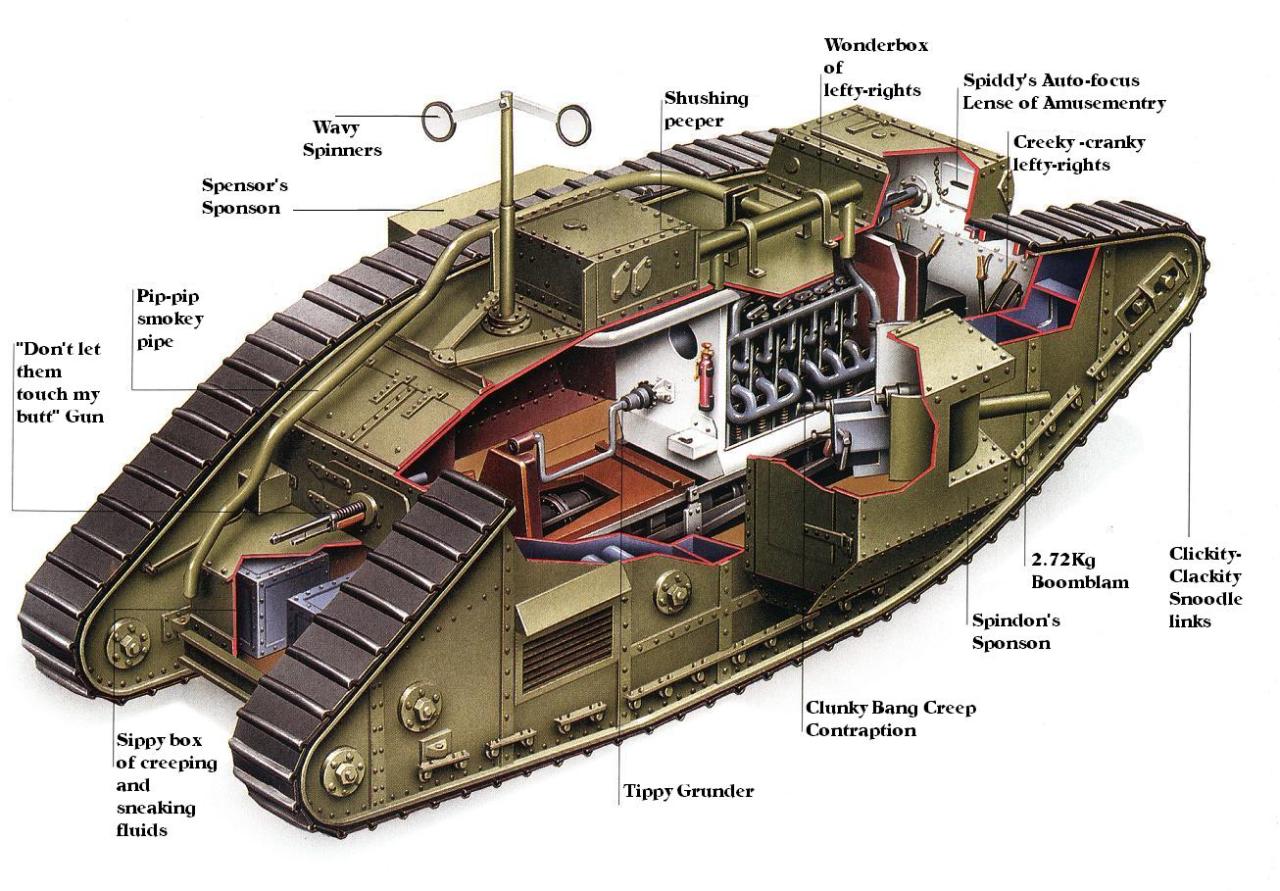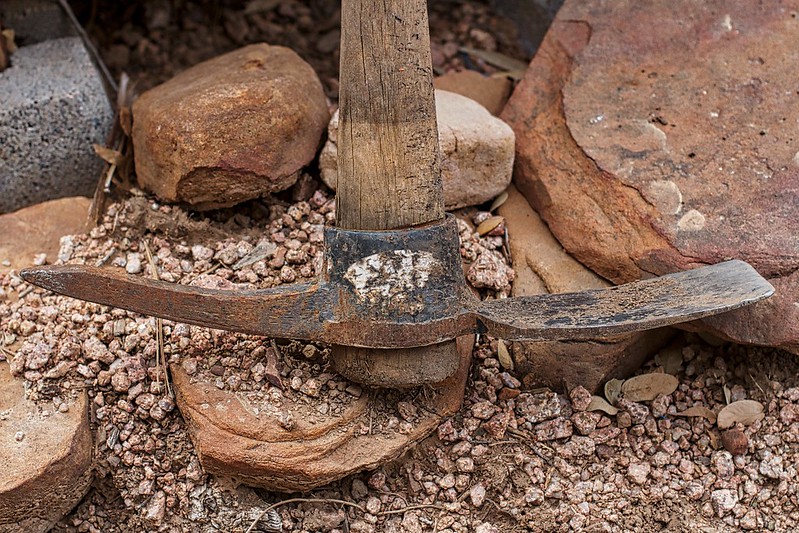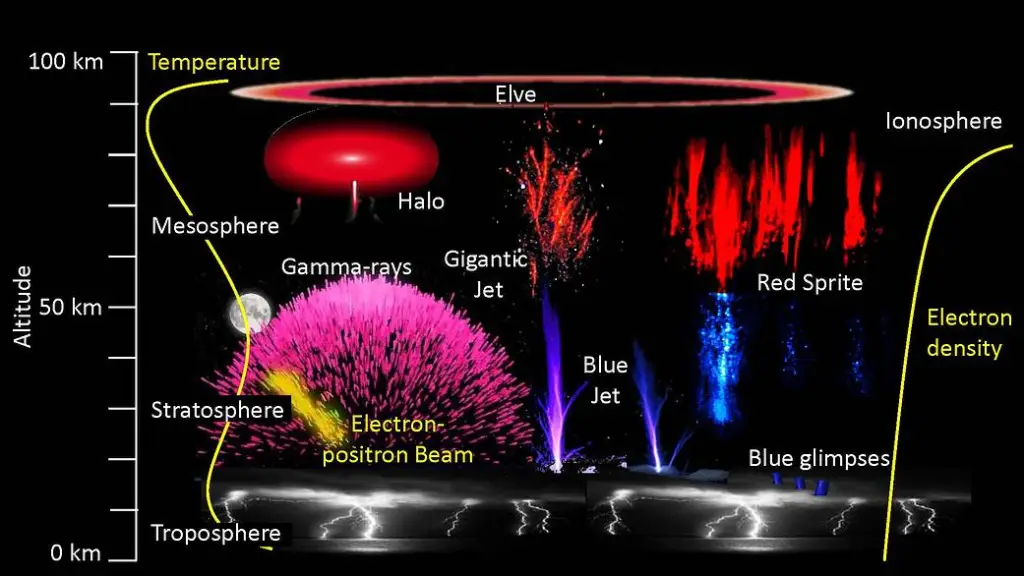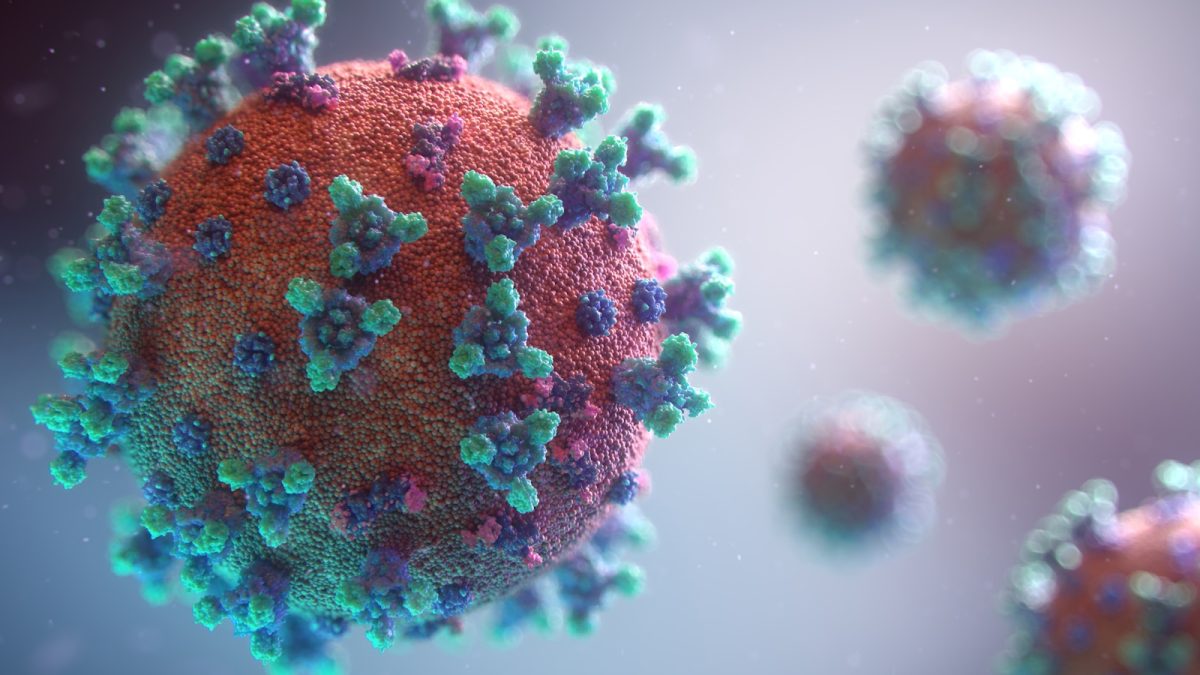How Does A Tank Work
Tanks are generally thought of being extremely big, clumsy, and explosive, but that is simply a false myth. Tanks are built with the exact futures needed to have a mobile, hard to hit machine of pure destruction. Almost every single feature has some sort of hidden benefit for mobility, strength, and power. 
The Base
Many US tanks are built low to the ground, with railings around there wheels, and with many sharp angles for a reason. In Being closer to the ground many tanks become harder to hit, plus the fact that they generally have a sharp angled build, even if they do get hit, the shot has a high chance of bouncing off the tank resulting in no damage done. The Railings over the wheels are meant to allow tanks to traverse rough grounds, and have no damage done to the wheels. In doing this tanks are able to reach the high ground over the enemies, and fire down on them.
The Engine
Located in the very back of the tank, the engine is arguably the most important part. Running on jet fuel the fairly large, but a productive engine is responsible for much of the tanks power. The engine is specifically designed so that it produces a small amount of sound, and therefore doesn’t give away its position, and the massive coolers manage to keep the engine from overheating. Being able to hold up to 500 gallons of fuel the tank is able to drive at max speed (42mph) for days, and only needs small refiles ever few weeks.
The Armor
The tank contains many resources that buff it up, and make it extremely hard to take it down. From the large turret on the top, to the small armored plates near the bottom, a tanks armor is extremely durable. The small armored plates at the bottom are responsible for protecting the most fragile part of the whole structure, the wheels. By covering the top part of the wheels, they make it near impossible to break them, while also allowing for the wheels to maneuver through structures. The turret is also extremely important, because it’s the main weapon of a tank. A turret is the most flexible part of the tank, being able to turn 360 degrees in 9 seconds or less. The turret also holds a shell bomb that it can fire at 3,500 miles per hour accurately about 2 miles away.
Related Stories:

























